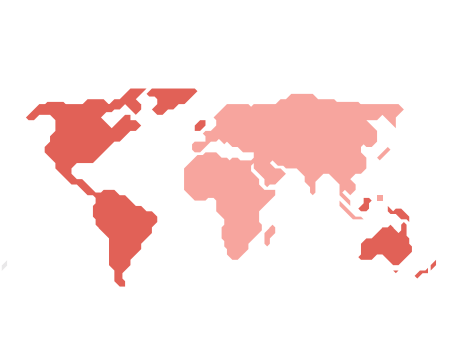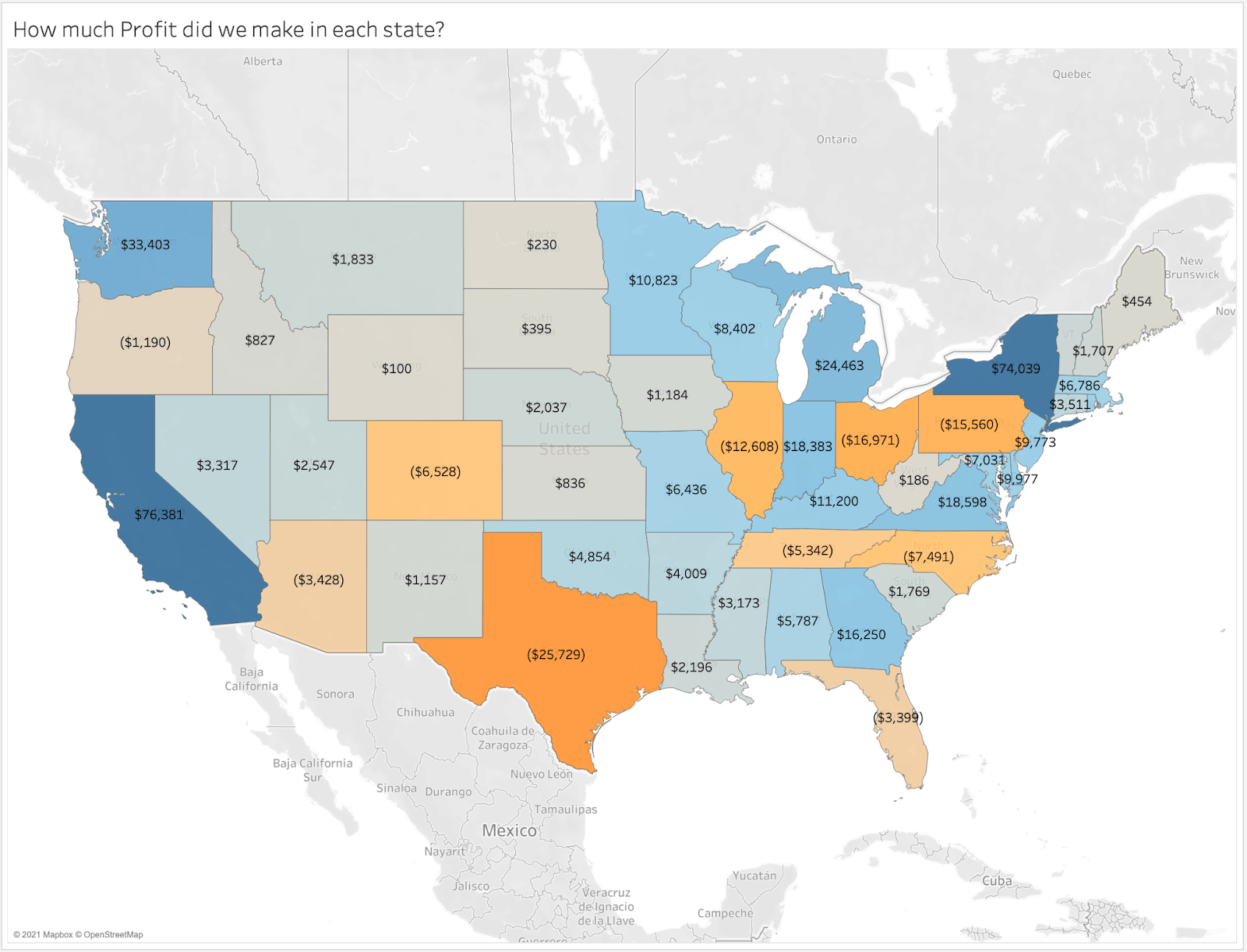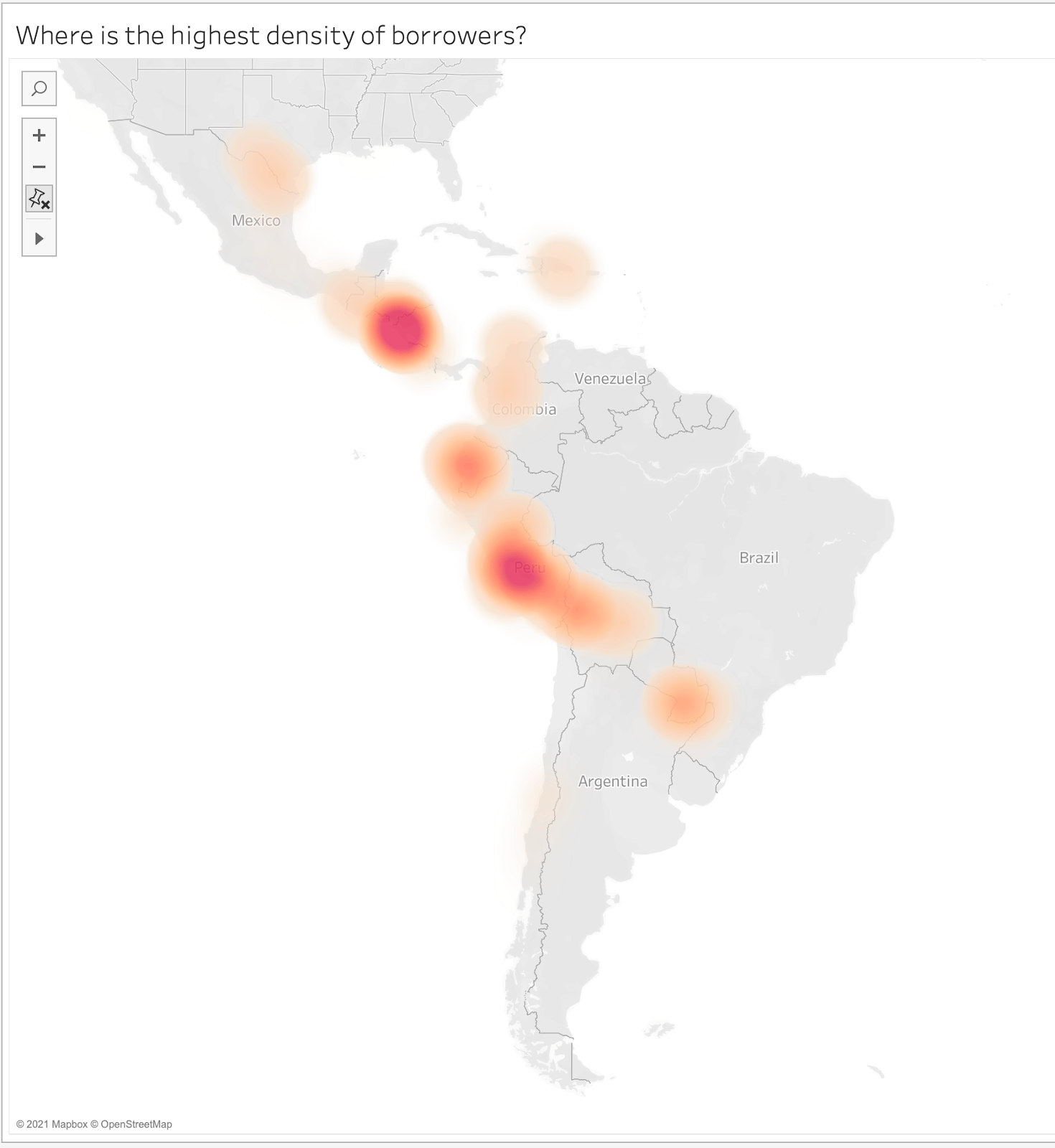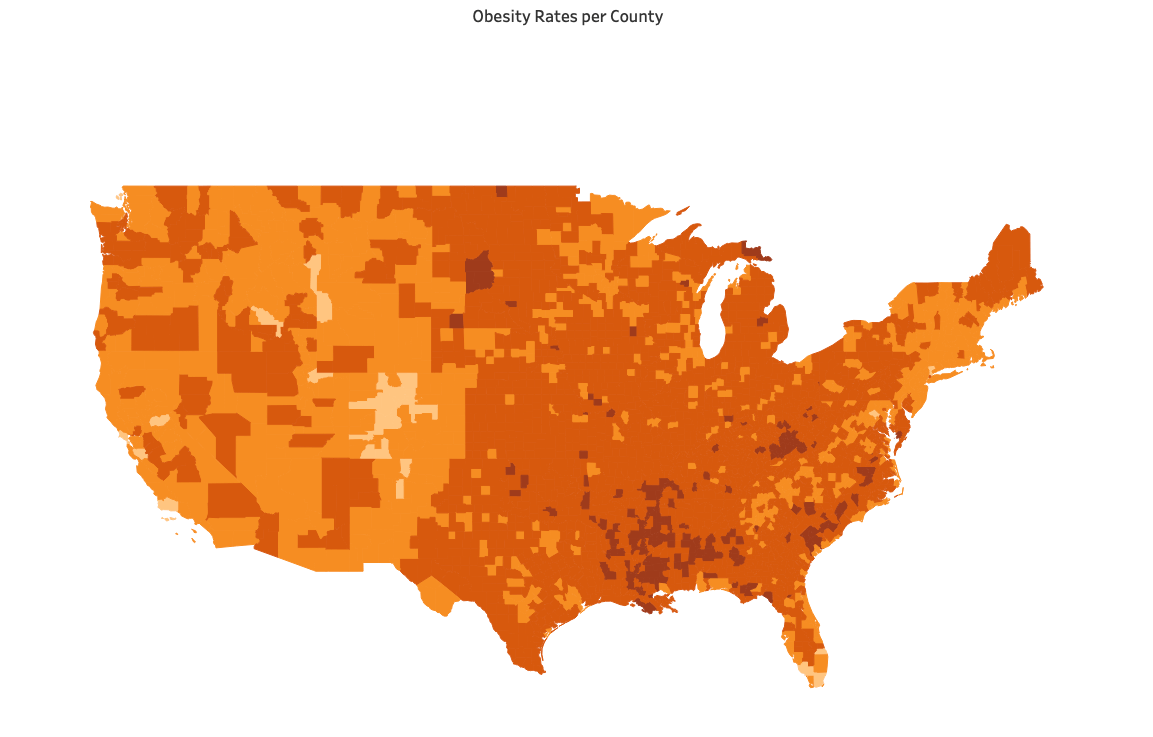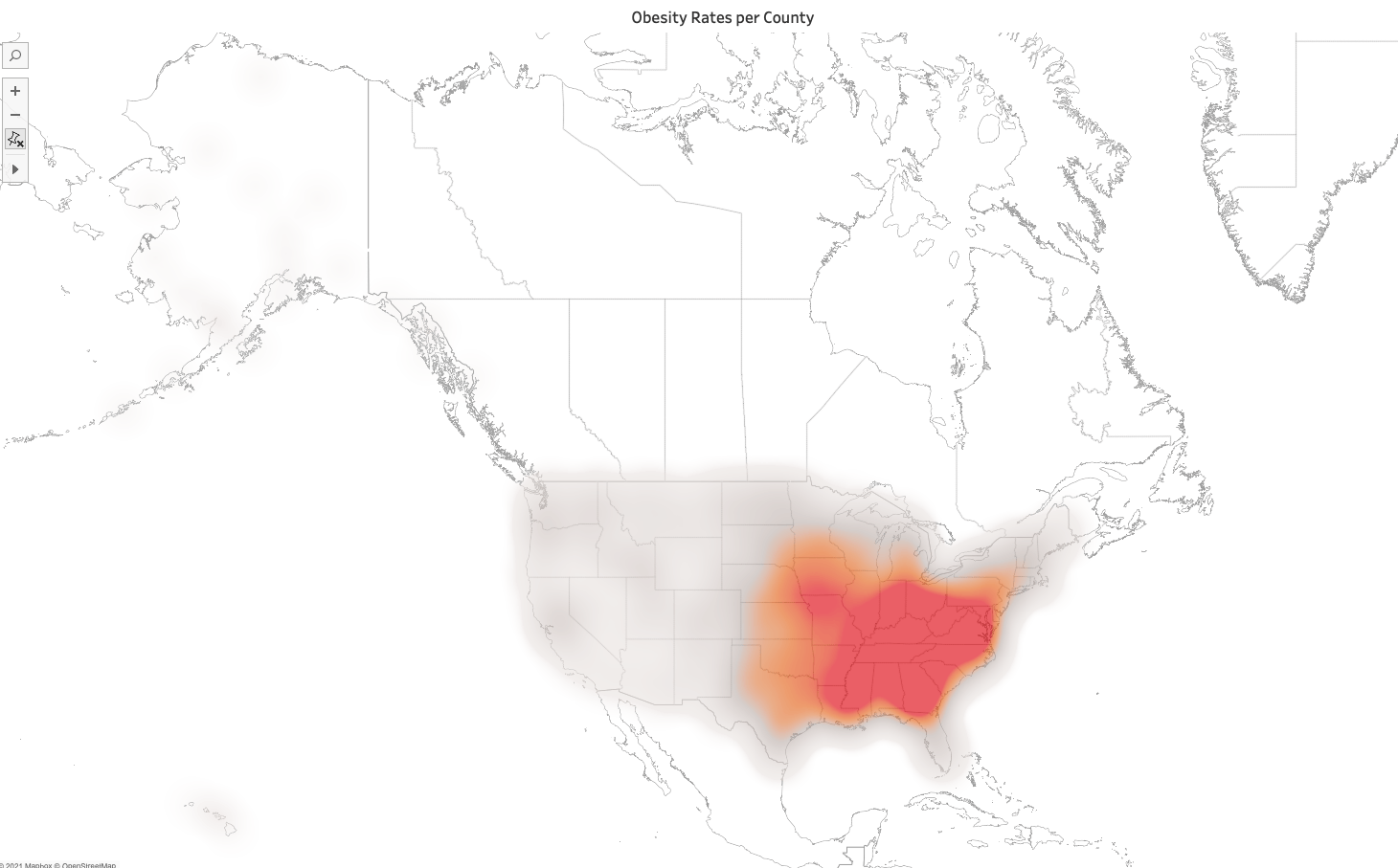Choropleths, Isopleths, and Area Maps
Understanding and Using Choropleths, Isopleths, and Area Maps
How To Read Choropleths and Isopleths
What Type of Analysis Do Choropleths and Isopleths Support?
A choropleth map is a simple way to visualize a numeric field across a geographic area by displaying the range of variability using color. Choropleth maps are useful in that they can present the actual numbers behind your data on a map. But due to their use of colors they don’t need numbers to be present on a map to identify geographical hot spots. These maps can also be effective at measuring percentages as parts of a whole. Choropleths are a good choice when geographic precision is important. However, when quick interpretation of the data is most important, consider using a tile grid map (shape map) to avoid the visual imbalances. These are inherent to choropleth maps due to the varying sizes of geographic areas.
Isopleth maps are more effective when you do not want your data bound to predefined boundaries like a choropleth map. If you want to use continuous data to show gradual change and varying density over a geographic region, an isopleth is a great choice. Weather maps are a kind of isopleth map as they aren’t bound by state or country boundaries. Patchy data that doesn’t connect to other points does not work well in an isopleth map though.
When and How to Use Isopleths and Choropleths for Visual Analysis
If you have a regional or population based dataset, a choropleth map can help display the differences between geographic areas to a viewer. Isopleths don’t need a set boundary to show anything on a map.
You should use a choropleth map if:
- You are looking to represent your data within geographic boundaries.
- You want to show percentages of a whole on a map.
- You can divide your data into ranges.
- Your data displays a single variable.
- Users don’t need to see specific numbers or variables.
- Geographic precision is important.
You should use an isopleth map if:
- Your data crosses over standard geographical boundaries.
- Your data isn’t bound by population.
- You don't need to show the data as a percentage of a whole.
When designing these maps, here are some things to avoid:
- Don’t make the key focus of the map a geographic area that is too small.
- Don’t use conflicting colors or more than one color scheme.
- Don’t try to show more than one category.
Some good alternatives to these maps include cartograms, symbol maps, and dot density maps.
